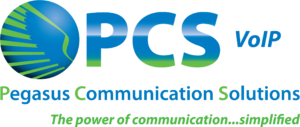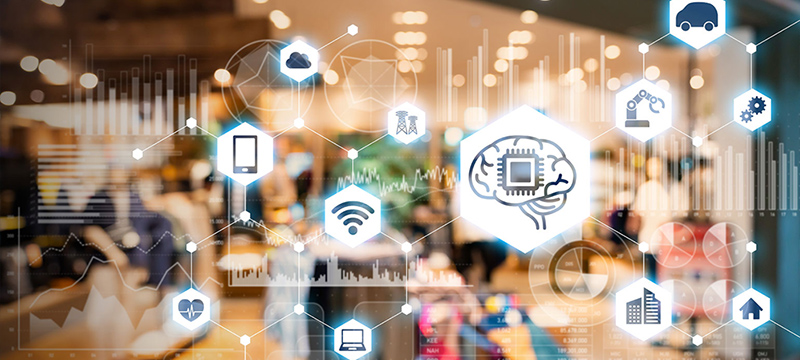December 11,2024
In an increasingly connected world, the Internet of Things (IoT) is reshaping how businesses operate. From manufacturing floors to retail spaces, IoT-enabled devices are transforming industries by offering real-time insights, improving efficiency, and driving innovation.
What is IoT?
IoT refers to a network of interconnected devices that communicate and share data with each other over the internet. These devices, equipped with sensors, software, and connectivity, range from smart thermostats to complex industrial machinery.
IoT in Action: Key Applications for Businesses
- Supply Chain Management
IoT devices track shipments, monitor inventory levels, and ensure goods are stored under optimal conditions. For example, RFID tags and smart sensors help businesses minimize waste and optimize stock levels. - Predictive Maintenance
In industries like manufacturing, IoT sensors monitor equipment performance. By analyzing data in real-time, businesses can predict when maintenance is needed, reducing downtime and avoiding costly repairs. - Energy Efficiency
IoT-connected devices such as smart lighting and HVAC systems adjust energy usage based on occupancy and environmental conditions, helping businesses reduce costs and meet sustainability goals. - Customer Engagement
Retailers use IoT devices to track in-store traffic and personalize promotions. Smart shelves, for instance, can monitor inventory levels and send notifications when restocking is required. - Remote Work Enablement
IoT technology supports remote collaboration through connected devices like video conferencing systems and smart office equipment. This ensures teams remain productive, even when working from different locations.
The Benefits of IoT for Businesses
- Enhanced Efficiency: Automation and real-time data streamline processes and reduce human error.
- Cost Savings: By optimizing resource usage, IoT helps businesses save on utilities, maintenance, and operations.
- Improved Decision-Making: IoT-generated data offers actionable insights, empowering businesses to make informed decisions.
- Competitive Advantage: Early adoption of IoT technologies can differentiate businesses in a crowded market.
Challenges of Implementing IoT
Despite its advantages, IoT adoption comes with challenges, such as:
- Data Security: As more devices connect to the internet, ensuring robust cybersecurity measures becomes critical.
- Integration Costs: Implementing IoT systems may require significant upfront investment.
- Skill Gaps: Businesses may need to train employees or hire experts to manage IoT ecosystems effectively.
Future Trends in IoT
As IoT continues to evolve, several trends are shaping its trajectory:
- Edge Computing: Processing data closer to where it’s generated reduces latency and improves response times.
- AI Integration: Combining IoT with artificial intelligence enables smarter decision-making and autonomous systems.
- 5G Connectivity: Faster and more reliable networks will expand IoT capabilities, supporting more devices and applications.
Conclusion
The Internet of Things is more than just a technological buzzword—it’s a powerful tool for businesses seeking to improve efficiency, reduce costs, and gain a competitive edge. As IoT adoption grows, businesses that embrace its potential will position themselves at the forefront of innovation.

